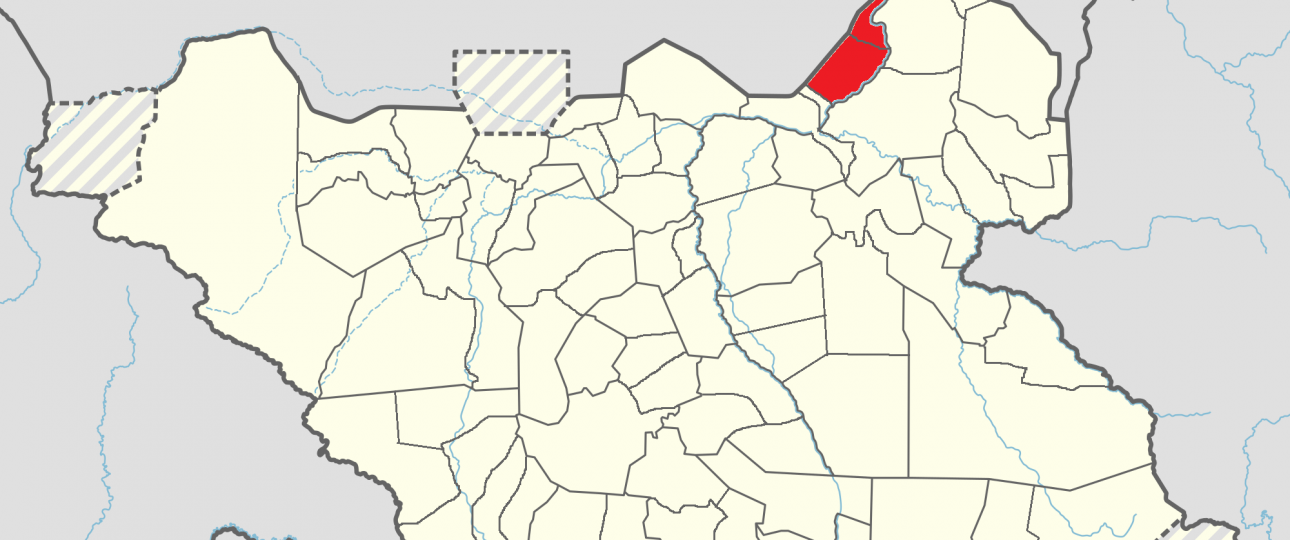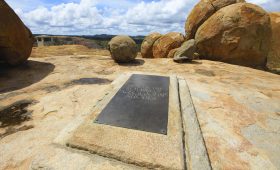Exploring Fashoda County, South Sudan
Fashoda County, located in the Upper Nile State of South Sudan, offers a travel experience that is both challenging and rewarding. This region is rich in history and culture, with landscapes that range from savannah grasslands to patches of forest. However, it’s important to approach this destination with a clear understanding of its current realities and challenges.
Historical and Cultural Insights
1. Historical Context
Fashoda County has a complex history, marked by its role as a center of power for the Shilluk Kingdom. The region has been a focal point for trade and cultural exchange for centuries. While exploring, you might encounter remnants of this past, though the ongoing conflict has impacted access to some historical sites.
2. Cultural Heritage
The Shilluk people, known locally as the Chollo, are the predominant ethnic group in Fashoda. Their cultural traditions are vibrant and deeply rooted in the land. Visitors can engage with local communities to learn about their way of life, which includes agro-pastoralism, fishing, and traditional crafts. However, be mindful of the region’s current socio-political climate, which can affect travel plans.
Natural Landscapes and Livelihoods
1. Diverse Ecosystems
The landscapes of Fashoda County are diverse, featuring low-lying savannahs, bushland, and patches of forest. These areas support a variety of wildlife and offer opportunities for nature enthusiasts to explore. However, the region is also prone to environmental challenges such as flooding and drought, which can impact travel conditions.
2. Local Livelihoods
The communities in Fashoda rely on a mix of rain-fed agriculture and livestock rearing. Main crops include sorghum, maize, and cowpeas, while goats are the primary livestock. Seasonal migrations and conflicts over resources are common, affecting both local livelihoods and visitor experiences. Travelers should be aware of these dynamics when planning their visit.
Travel Logistics
1. Best Time to Visit
The dry season, from December to March, is generally the best time to visit Fashoda County. During this period, the weather is more predictable, and wildlife sightings are more frequent. However, always check current travel advisories and weather conditions before your trip, as the situation can change rapidly.
2. Getting There
Reaching Fashoda County requires careful planning. The nearest international gateway is Juba Airport. From there, you can arrange a domestic flight or hire a local guide for the journey to Fashoda. A road trip from Juba is another option, though it can be challenging due to road conditions and security concerns.
3. Local Transportation
Once in Fashoda, transportation options include hiring a local guide or joining a guided tour. These are recommended for navigating the area safely. Renting a car or using public transportation like buses or taxis is possible but may require flexibility and patience due to the region’s infrastructure.
Traveling to Fashoda County is not for the faint-hearted, but for those willing to embrace its complexities, it offers a unique glimpse into the resilience and culture of South Sudan. Always prioritize safety and respect local customs and conditions during your visit.




